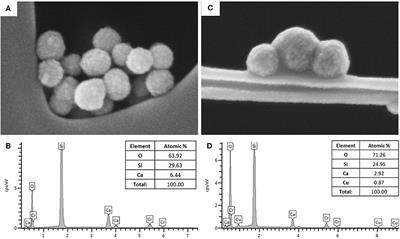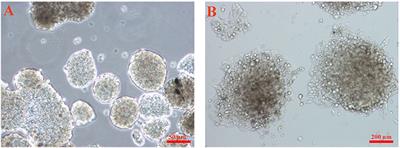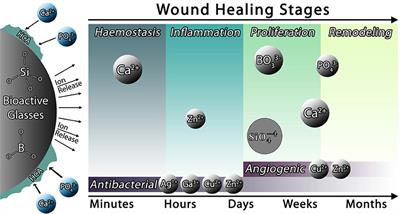ORIGINAL RESEARCH
Published on 31 Mar 2020
Multifunctional Copper-Containing Mesoporous Glass Nanoparticles as Antibacterial and Proangiogenic Agents for Chronic Wounds

doi 10.3389/fbioe.2020.00246
- 4,040 views
- 42 citations
4,261
Total downloads
22k
Total views and downloads
ORIGINAL RESEARCH
Published on 31 Mar 2020

ORIGINAL RESEARCH
Published on 22 Nov 2019

REVIEW
Published on 28 Mar 2019
